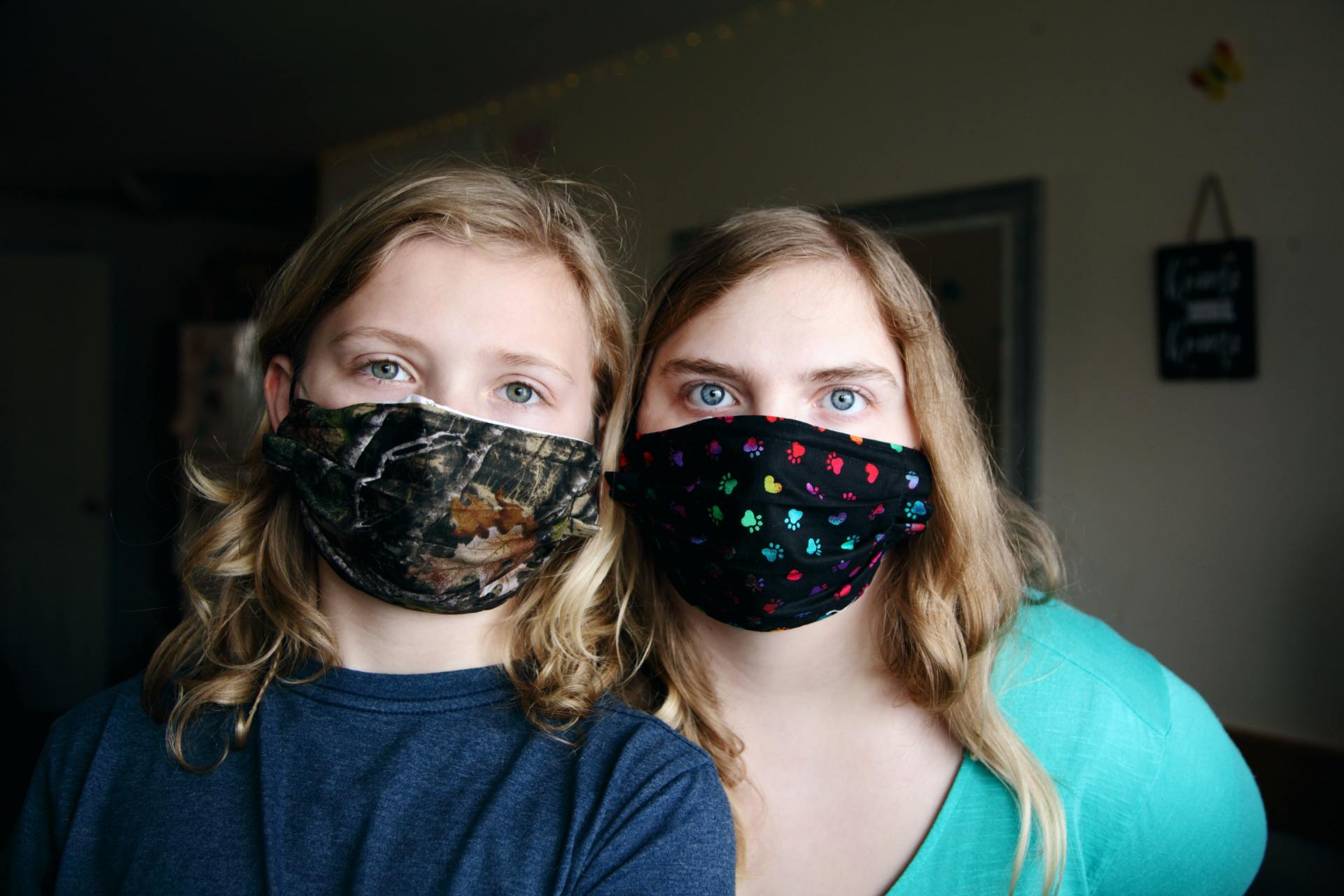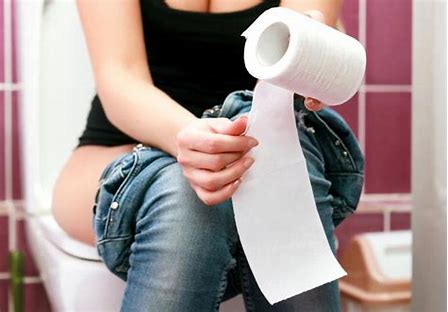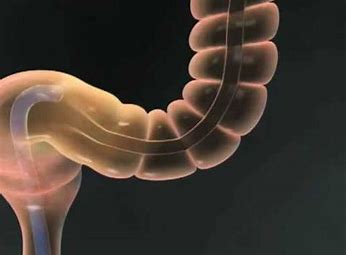Role of Physiotherapy following hernia repair
I am a firm believer that physical rehabilitation after hernia repair, no matter how old you are, is beneficial. Here is why ...
This is the reason ….
An inguinal hernia is a condition characterized by a protrusion of internal organs through the inguinal canal above the groin. Often, inguinal hernia requires surgery. The recovery period varies from one person to the other, but it’s normal to feel a little bit weak for the first couple of days or weeks. High-impact exercises are not recommended for this period. The rehabilitation period after an inguinal hernia surgery can include gentle stretching exercises, moving slowly to more demanding exercises if you feel ready and capable to do these exercises. The aim is to strengthen the core muscles located around your abdominal area and lower back.
Should I see a physiotherapist?
Physios are excellent resource person for post op (and pre op) rehabilitation. I recommended them highly. Their costs are covered by your private health fund. If for some reasons, you cannot or unable to see one. The exercises below may be a good starting point …..
The recovery period after an inguinal hernia surgery varies from one person to the other. When it comes to the exercises that you can perform one or two weeks after having the surgery, here is what is best for you:
Try to walk around the house for at least 15 minutes in the morning and in the evening. You can avoid the stairs for a couple of days until you feel better and after you have regained your strength a little bit more. Listen to your body and take it easy the very first days.
After walking around the house, sit on a chair. Start turning your body gently and slowly to the right while keeping your left hand on the right knee. You can keep your right hand on the back of the chair for better support. Remain still in this position for a couple of seconds while focusing on your breathing. Repeat the same movement, but this time by gently and slowly turning your body on the left side.
Here is another inguinal hernia surgery recovery time exercise. You can also lay flat on the floor, one leg stretched out in front of you while keeping the other leg bent at the knee. Try to reach the stretched out foot with both of your hands by gently and slowly bending at the waist. Make sure to keep your back straight. Remain still in this position for a couple of seconds and try not to stretch yourself too much. Listen to your body and try to reach the foot with your hands only to the level that you feel comfortable. Don’t worry if you can’t reach your foot the first day. Tomorrow or the days after that you will do better. The more you exercise the faster you will completely recover.
After the first week
The first week or two after the surgery is very important for your recovery and beside a good sleep, and a healthy diet, the above-mentioned inguinal hernia surgery recovery time exercise will help you recover faster. Once it’s been more than two weeks since you had your inguinal hernia surgery, here are some other exercises you can do on your own at home:
Start walking but this time out of the house at a fair pace for 30 minutes every day. If you feel that you can do it you can also start riding a bike for 30 minutes every day. If not then just keep walking.
Another exercise you can do is to lie flat on the floor while keeping your knees bent. Start gently lifting the hips and back toward your chest. Remain in this position for a couple of seconds and then slowly return to the starting position. Do 10 repetitions and focus on your breathing while performing this exercise.
Lie flat on the floor and stretch your legs. Slowly and carefully start lifting your legs while keeping the knees bent at 90 degrees. Start pulling your legs and your hips up from the floor while concentrating on your breathing. Remain in this position for a couple of seconds and then slowly return to the starting position.
While performing inguinal hernia surgery recovery time exercise, don’t forget to warm up first nor to stretch your muscles and body. One good exercise or sport that can help you a lot during the recovery period is swimming. However, before swimming your wound should be healed completely. One month after the surgery if you feel strong enough you can move onto more strenuous physical activities such as cycling or jogging. Consult with your healthcare provider first, before trying any sport or exercise to make sure that you are ready for such a thing.
In the first few weeks and sometimes months after the surgery it is recommended to avoid exercises that put a strain on your abdominal area or groin area. If you don’t feel comfortable while doing an exercise, or if you suddenly feel a sharp pain while doing an exercise than you should immediately stop and take some rest.







